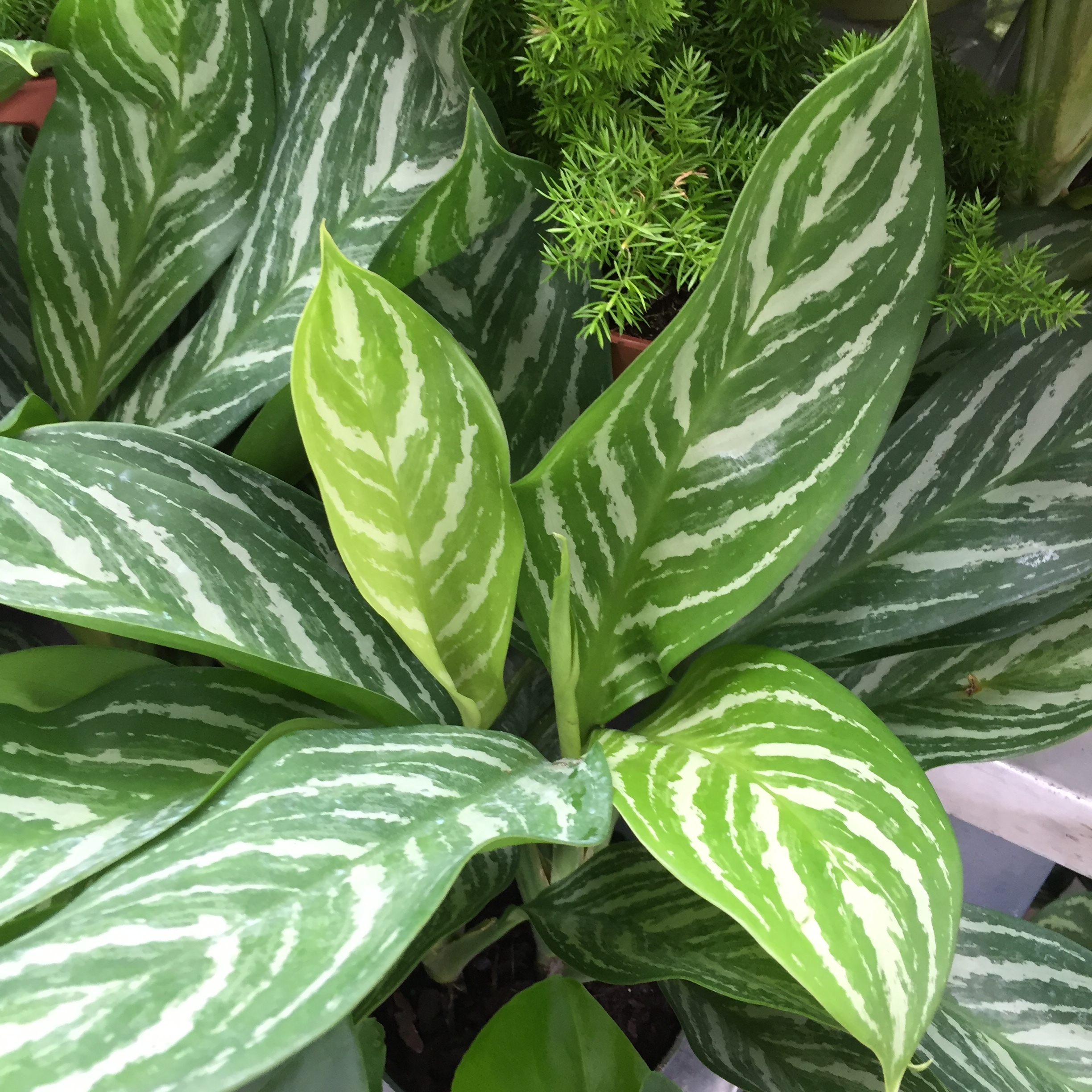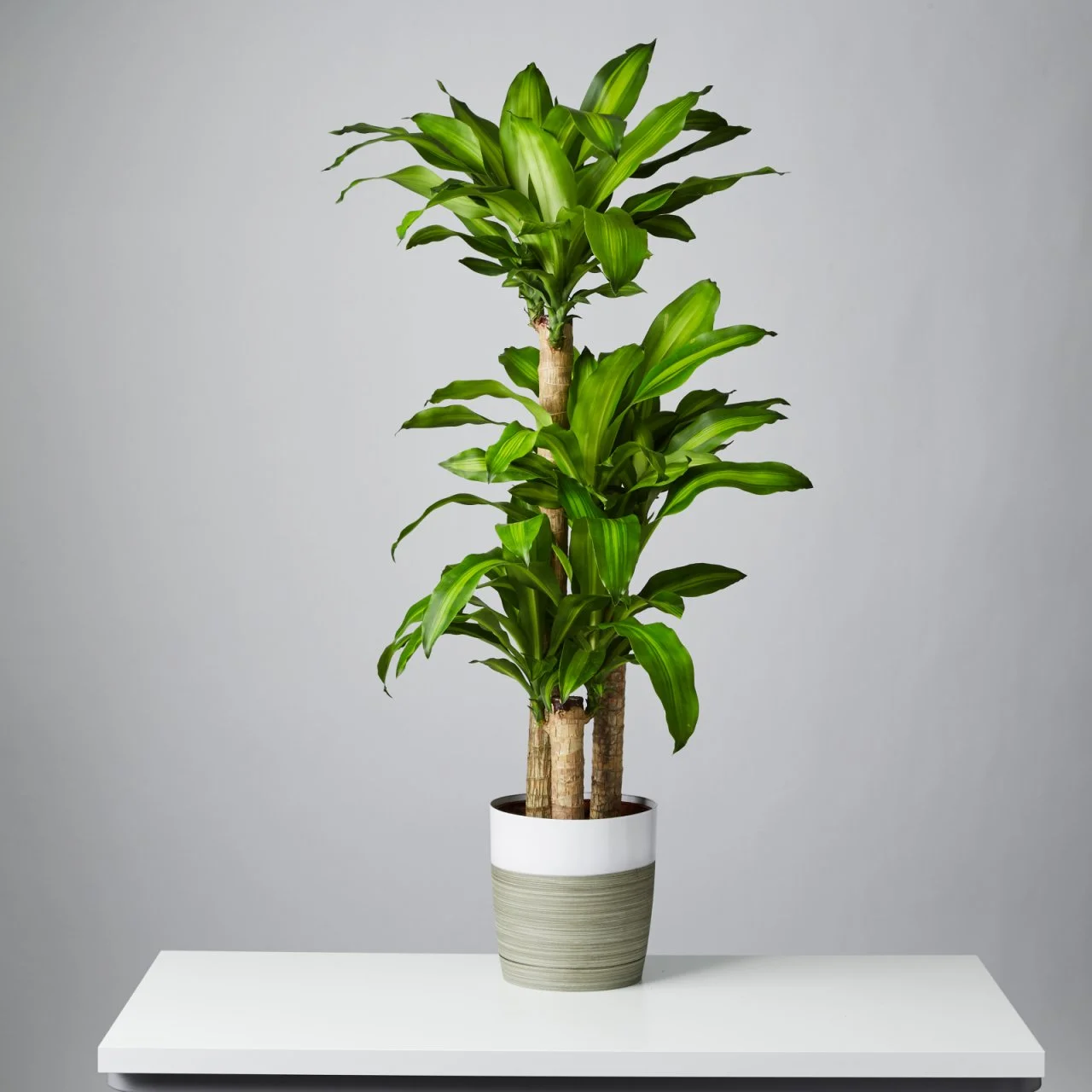The Best Low-Light Indoor Plants to Improve Your Home’s Air Quality
The Best Low-Light Indoor Plants to Improve Your Home’s Air Quality
Blog Article
Reveal the Keys of Low-Light Indoor Plants and Just How They Enhance Your Setting
Low-light interior plants have actually amassed boosting focus for their unique capability to improve both aesthetic charm and environmental high quality within homes and workplaces. These resistant species, consisting of the Snake Plant and Tranquility Lily, not only grow in difficult lights problems however likewise play a crucial duty in air purification and psychological health. Recognizing the details benefits and treatment needs of these plants can considerably affect your space. As we discover the details of their benefits, you might discover understandings that could change your environments in unexpected methods.
Advantages of Low-Light Indoor Plants
Although lots of people think that interior plants call for plentiful sunlight to flourish, low-light interior plants offer a wide variety of advantages that make them optimal for various atmospheres. Among the key benefits is their flexibility; they can thrive in spaces with limited natural light, such as workplaces, basements, or spaces with little windows. This feature allows people to improve their environments with greenery, adding to boosted appearances without the demand for comprehensive lights alterations.
Moreover, low-light indoor plants can considerably improve indoor air quality by filtering dangerous toxins and releasing oxygen, making living areas healthier. The presence of plants has been connected to greater sensations of harmony and focus.
Additionally, low-light plants commonly require much less maintenance than their sun-loving counterparts, making them perfect for active people or those brand-new to gardening. Their strength allows them to grow with marginal treatment, hence giving a satisfying experience for plant lovers and amateurs alike. In summary, low-light interior plants offer both useful and visual objectives, making them important additions to any type of space.
Leading Low-Light Plant Ranges
Low-light interior plants been available in a variety of species, each offering unique characteristics and benefits suited for dim environments. Among one of the most prominent selections is the Snake Plant (Sansevieria), understood for its air-purifying abilities and architectural fallen leaves. This resilient plant flourishes on forget and can endure a wide variety of light problems.
An additional exceptional selection is the ZZ Plant (Zamioculcas zamiifolia), which includes glossy, dark green leaves and is extremely drought-tolerant. Its flexibility makes it a preferred for workplaces and homes with restricted sunlight.
The Pothos (Epipremnum aureum) is likewise a top competitor, with its routing creeping plants and heart-shaped fallen leaves - Best low-light indoor plants. This versatile plant can be trained to climb or cascade, adding visual interest to any area

Care Tips for Low-Light Plants
Caring for low-light interior plants requires a nuanced understanding of their specific needs to ensure optimum growth and vitality. It is necessary to pick the ideal potting mix, as a well-draining dirt is crucial to protect against origin rot. A mix designed for houseplants, commonly consisting of peat moss and perlite, works well for most low-light ranges.
Watering is an additional key facet of care. Low-light plants normally need less frequent watering contrasted to their sun-loving equivalents. It is advisable to inspect the top inch of soil; if it really feels dry, it's time to water. Overwatering can result in difficulties such as mold and mildew and origin decay.
Fertilizing must be come close to with caution. Throughout the growing period, a diluted liquid fertilizer can be used monthly, yet in winter season, lots of low-light plants go into dormancy and call for little to no fertilizing.
Lastly, it is essential to periodically cleanse the fallen leaves to eliminate dirt, enabling better light absorption. By sticking to these care tips, you can cultivate a thriving environment for your low-light interior plants, boosting both their look and durability.
Enhancing Air Top Quality With Plants
Interior plants play a substantial role in enhancing air top quality within homes and office. With the process of photosynthesis, these plants take in carbon dioxide and release oxygen, adding to a healthier atmosphere. In addition, specific low-light interior plants possess the ability to filter unsafe pollutants, such as formaldehyde, benzene, and trichloroethylene, which are frequently found in interior environments.

Furthermore, the visibility of interior plants can raise moisture levels, which aids alleviate completely dry skin and respiratory concerns, further boosting general wellness. This ability to improve air quality not just promotes physical health and wellness yet likewise supports psychological wellness.
Incorporating low-light interior plants into your living and working spaces can result in a more invigorating and lively setting (Best low-light indoor plants). Buying these natural air cleansers is a simple yet reliable strategy for boosting interior air quality and fostering a much healthier lifestyle
Developing a Peaceful Indoor Area
The assimilation of plants into living rooms not only enhances air top quality yet additionally contributes to a serene atmosphere. Low-light indoor plants, such as serpent plants and pothos, are particularly reliable in developing a tranquil setting, as they flourish in problems that might or else be inhospitable for other greenery. Their rich vegetation gives a soothing aesthetic, decreasing stress and anxiety and advertising leisure.
Incorporating these plants right into your home or workplace can stimulate a feeling click to investigate of peace and health. Purposefully placing them in areas where you spend considerable time, such as living my site work spaces or areas, permits an immersive experience with nature, which has actually been revealed to enhance state of mind and cognitive function.
In addition, the gentle activity of leaves in reaction to air movement can produce a vibrant visual component that improves the general atmosphere. Think about making use of a range of plant elevations and textures to add depth and rate of interest to your area. With thoughtful positioning and care, low-light indoor plants can transform any area right into a calm shelter, fostering not only visual contentment yet also emotional and emotional health.

Conclusion
Including low-light interior plants into numerous settings returns considerable advantages, consisting of boosted air top quality and boosted visual appeal. These durable varieties not just grow in marginal light yet additionally contribute to a soothing ambience, advertising psychological and emotional wellness. By picking proper varieties and implementing correct care techniques, people can efficiently cultivate a calm interior area that promotes well-being and performance. The transformative power of low-light plants highlights their value in enhancing both property and occupational settings.
Although several individuals presume that interior plants require bountiful sunlight to check over here flourish, low-light indoor plants provide a wide range of benefits that make them suitable for various settings.Moreover, low-light interior plants can substantially boost indoor air quality by filtering system hazardous contaminants and launching oxygen, making living rooms healthier. Furthermore, particular low-light interior plants possess the ability to filter dangerous contaminants, such as formaldehyde, benzene, and trichloroethylene, which are typically discovered in interior settings.
Low-light interior plants, such as serpent plants and pothos, are specifically reliable in producing a tranquil setting, as they flourish in problems that might otherwise be inhospitable for various other plant.Integrating low-light interior plants right into various settings yields substantial advantages, consisting of boosted air quality and enhanced visual allure.
Report this page